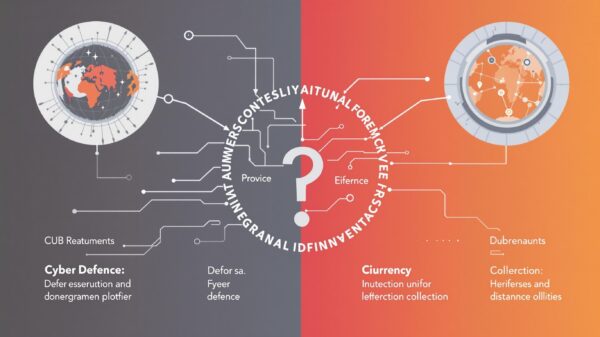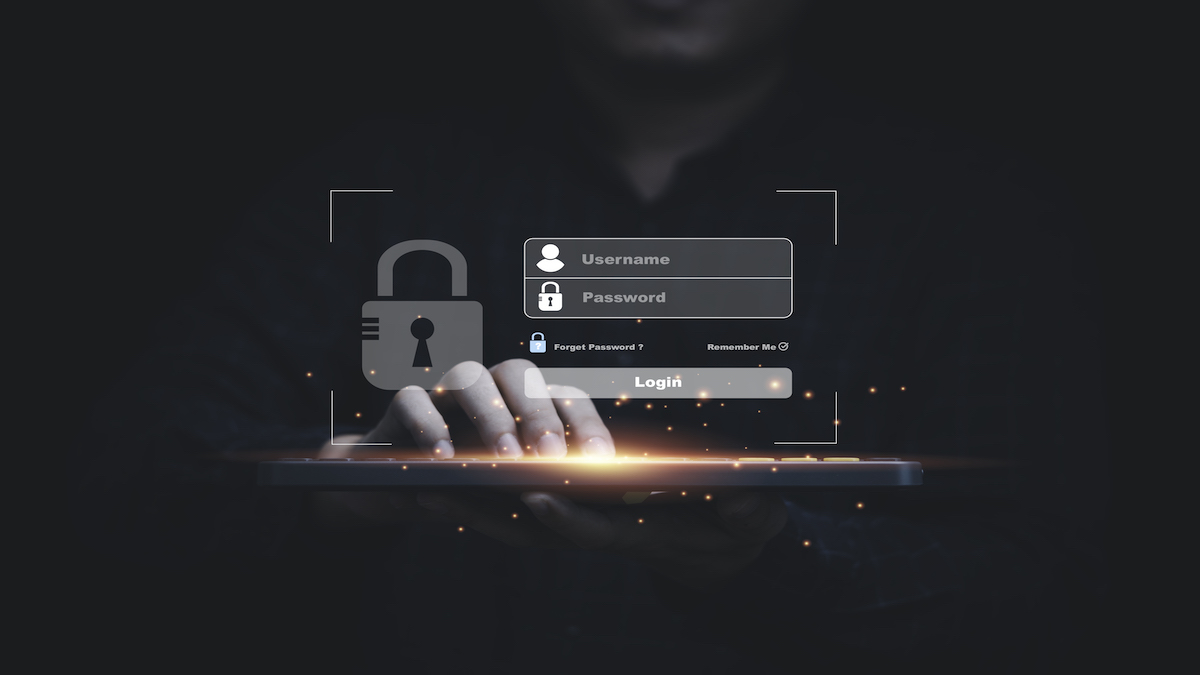Cloud computing has become an integral part of modern businesses, offering numerous benefits such as cost savings, scalability, and flexibility. However, with the increasing reliance on cloud services comes a higher risk of cyber attacks and security vulnerabilities. In this article, we will discuss the top 10 cloud vulnerabilities that pose a threat to organizations and how to mitigate them.
1. Misconfiguration
Misconfiguration is the most common vulnerability in cloud computing, accounting for over 60% of data breaches. This occurs when a cloud service is not set up correctly, leaving sensitive data exposed to unauthorized access. Such misconfigurations can occur due to human error or lack of proper security measures during setup.
To mitigate this vulnerability, organizations need to implement strict configuration management policies and regularly audit their cloud services for any misconfiguration.
2. Inadequate Access Controls
Access controls are essential in protecting sensitive data stored in the cloud. However, many organizations fail to implement adequate access controls, leaving their data vulnerable to malicious actors. Weak passwords, shared credentials, or improper permission misconfiguration are some of the common access control vulnerabilities.
Organizations can mitigate this by implementing multi-factor authentication, role-based access controls, and regular monitoring and auditing of user permissions.
3. Insufficient Data Encryption
Data encryption is crucial in protecting sensitive data from being accessed or intercepted by unauthorized parties. However, many organizations do not implement data encryption adequately, leaving their data vulnerable to cyber attacks. This is especially true for data in transit, such as communication between a user’s device and the cloud service.
To mitigate this vulnerability, organizations should implement strong encryption algorithms to protect their data both at rest and in transit.
4. Lack of Data Backup and Recovery Plan
Data loss can occur due to various reasons, such as malicious attacks, natural disasters, or human error. Failure to have a proper data backup and recovery plan can result in significant data loss and service downtime, leading to financial losses and reputational damage.
To mitigate this vulnerability, organizations should regularly backup their data using secure cloud storage services and have a well-defined disaster recovery plan in place.
5. Shared Resources Vulnerabilities
Cloud computing involves sharing resources and infrastructure among multiple users. However, this shared environment poses a significant security risk as neighboring users can access or manipulate the data of others. Additionally, if one user’s account is compromised, it can lead to a breach in the entire cloud service.
To mitigate this vulnerability, organizations should implement strict isolation protocols to ensure that each user’s data remains separate and secure.
6. Insider Threats
Insider threats are one of the most challenging vulnerabilities to mitigate, as they involve employees with legitimate access to sensitive data intentionally or unintentionally leaking it. These include rogue employees, disgruntled staff, or social engineering attacks.
To mitigate this vulnerability, organizations should implement strict user monitoring and awareness programs to detect and prevent insider threats.

7. Denial of Service (DoS) Attacks
Cloud services are vulnerable to DoS attacks, where a malicious actor floods the service with excessive traffic, causing it to crash or become unavailable. This can lead to significant financial losses and reputational damages for organizations.
To mitigate this vulnerability, organizations should implement proper network security measures such as intrusion detection systems and web application firewalls.
8. Weak API Security
Application Programming Interfaces (APIs) are integral to cloud computing as they facilitate the communication between different services and applications. However, if not adequately secured, APIs can pose a significant security risk by exposing sensitive data or giving unauthorized access to attackers.
To mitigate this vulnerability, organizations should implement strict authentication and authorization controls for their APIs and regularly audit them for any potential security loopholes.
9. Lack of Visibility and Control
Many organizations do not have proper visibility or control over their cloud resources, leading to security vulnerabilities. This is especially true for shadow IT, where employees use unapproved cloud services or storage devices without the organization’s knowledge.
To mitigate this vulnerability, organizations should implement proper network and user monitoring tools to detect any unauthorized or unapproved cloud services in use.
10. Lack of Regular Security Updates
Cloud service providers frequently release security updates and patches to address known vulnerabilities. Failure to install these updates promptly can leave organizations vulnerable to cyber attacks that exploit these vulnerabilities.
To mitigate this vulnerability, organizations should regularly update their cloud services and perform regular security audits to ensure all systems are up to date.
Conclusion
By addressing these common cloud vulnerabilities, organizations can enhance their security posture and better protect their sensitive data in the cloud. It is crucial for organizations to stay vigilant and regularly assess their cloud infrastructure for any potential vulnerabilities to prevent data breaches and damages.
So, it is essential to regularly update the security measures, monitor access controls, and conduct regular audits to ensure a secure and reliable cloud environment. Additionally, organizations should also educate their employees on best practices for using cloud services to prevent insider threats and implement strict policies for shadow IT usage. With proper security measures in place, the benefits of using cloud computing can be fully realized without compromising data security.






















